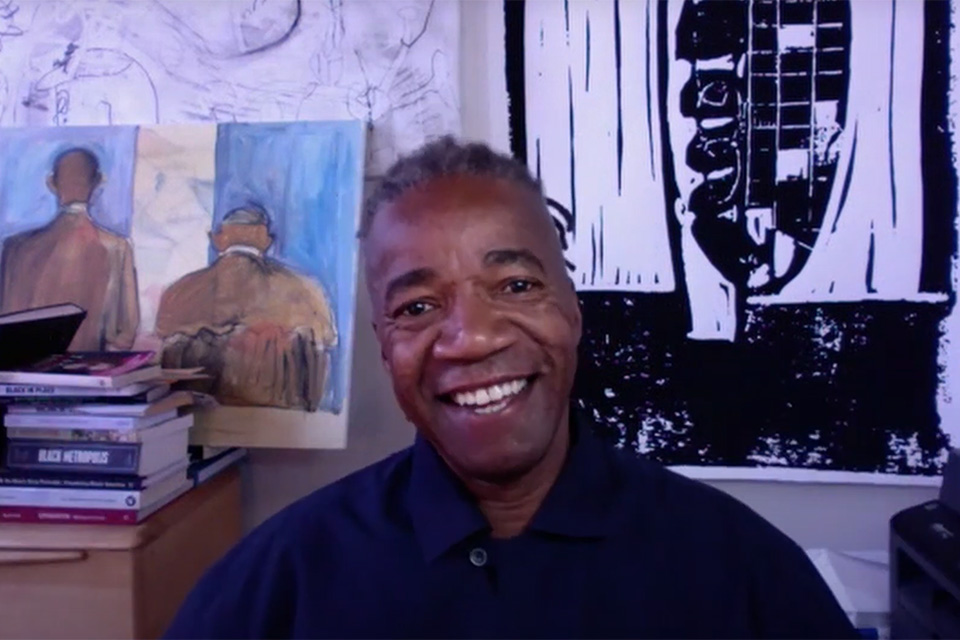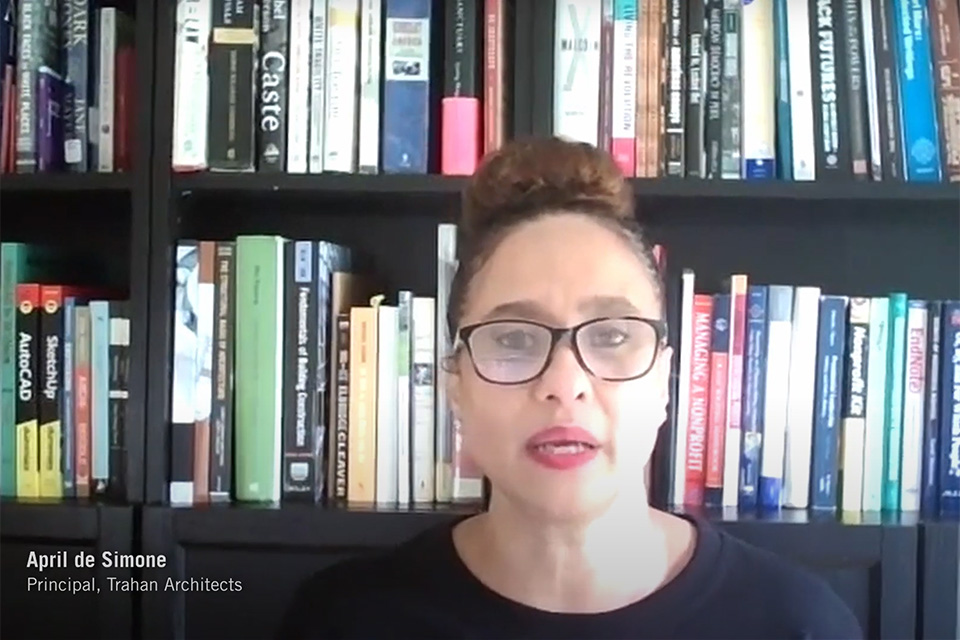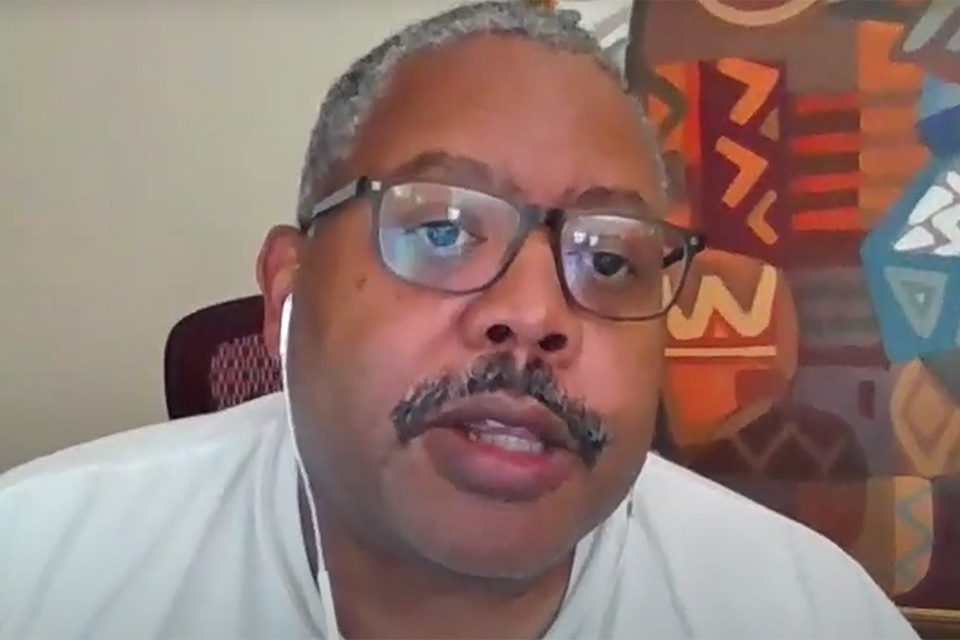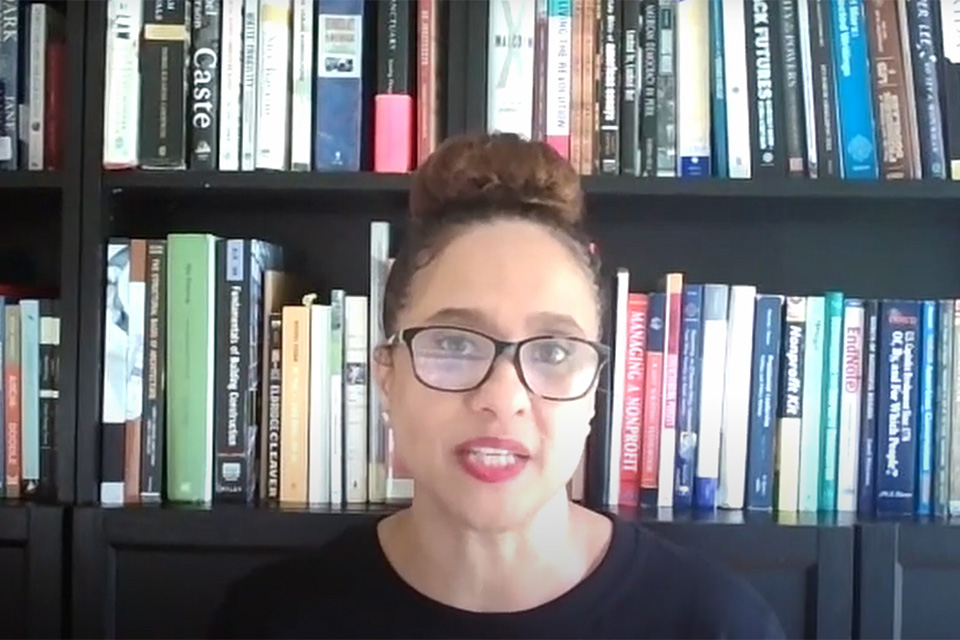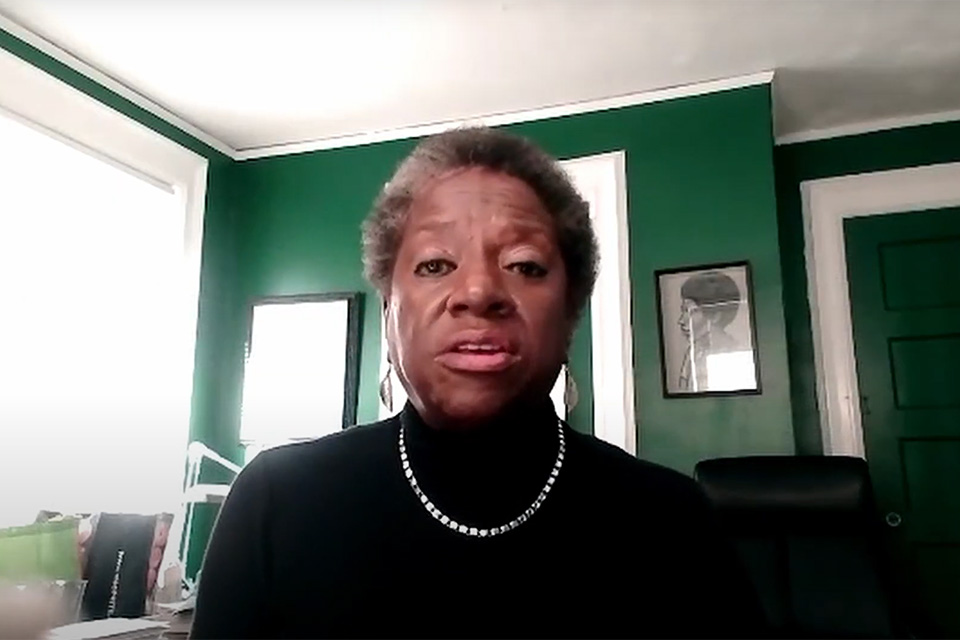Introduction Overview
Race and space in this country have always been intertwined, even if in tragic ways.
Our cultural landscapes have served as the setting for the origins, arrival, movement, and settlement of people in this country and the brutal consequences of the baseless assertion that one race is more entitled to space than others. A look back through history invalidates this assertion, showing that the ability to design, transform, and live in harmony with our surroundings is universal, possessed by all irrespective of race.
“Irrespective of our location, irrespective of class, race, and gender, we were all capable of inventing, transforming, making space.”
— bell hooks
This year’s Landslide, TCLF’s annual thematic report and digital exhibition about threatened and at-risk landscapes and landscape features, presents thirteen sites across eleven states and spanning almost a millennium of history, from a Cherokee mound site built nearly 1,000 years ago to the modern urban landscapes of Chicago, Milwaukee, and New York. Cultural landscapes in Oxford, Maryland and San Diego, California offer a unique view into the origins of our nation on both the east and west coasts, while sites across North Carolina, Texas, Kentucky, and Colorado illustrate the dramatic social and geographic changes of the nineteenth and twentieth centuries. Examined together, these sites represent local stories and global themes, shedding light on how settlement and removal, slavery and Jim Crow, urban renewal, and environmental injustice have shaped our national landscape and continue to impact communities, families, individuals, and cultural and natural resources.
Since time immemorial, our landscapes have been shaped in tangible and intangible ways by cultural movements. The two oldest sites featured this year, the Nikwasi Mound in Franklin, North Carolina and the Eastern Shore of Oxford, Maryland, illuminate conditions of pre-colonial and colonial landscapes, and the beginnings of a deliberate effort to keep people in their place. From this era, we have much to remember about the capability of humankind to draw serenity and sustenance from the landscape. At the same time, extant evidence demonstrates how the hierarchy of race and power established by the arrival and movement of people in the early seventeenth century erased, desecrated, and endangered people and places in subsequent generations.
“The ache for home lives in all of us. The safe place where we can go as we are and not be questioned.”
— Maya Angelou
As settlements in this country became more permanent and governable, systems of power within the landscape were reinforced by both explicit and implicit means. Written into our country’s earliest laws and governance, slave codes, segregation, and forced assimilation created a legally enforced caste system, the scars of which can still be seen in our towns and cities. During the era of slavery, white landowners perpetuated a spatial geography of surveillance, keeping populations of non-white laborers physically close to maintain vigilance. In the mid-nineteenth century, the Confederacy’s defeat in the Civil War and the passing of the Thirteenth, Fourteenth, and Fifteenth Amendments to the U.S. Constitution, which extended civil and legal rights to formerly enslaved people, offered some hope that with freedom would come the right to exercise control over one’s own environment. Like the Native peoples had experienced when driven out of their homeland, formerly enslaved people were exiled from the dominion of white landowners and initially promised allocations of land on which to resettle. However, this promise was revoked following the assassination of President Lincoln in 1865. His successor, President Johnson, made clear his beliefs when he stated in 1866, “this is a country for white men, and by God, as long as I am President, it shall be a government for white men.” From this point on, systems of federal and local laws, financial practices, zoning restrictions, and biases excluded the formerly enslaved populations from gaining ownership of the productive, desirable corridors of land which they had worked for centuries.
In the face of this adversity, numerous examples exist of free men and women of color persevering in pursuit of land and liberty. Sites in New York, Texas, Colorado, and Florida demonstrate the resilience and ingenuity cultivated by African American community founders and generations of their descendants. Some families formed free colonies outside of white society, some fled segregation and violence to seek a new future in another state. The concept of home is intangible, but our memory of it is shaped by both its unique topography, flora, and fauna and by the tangible features we design within the landscape to orient and anchor a place identity. These sites highlight the power and politics of place and the right to control and create your physical surroundings.
“The place in which I'll fit will not exist until I make it.”
— James Baldwin
In the twentieth century, the forces of structural racism which shaped the founding of early African American settlements evolved, but the legacy of racism in land ownership and development practices continued to affect the fate of properties, neighborhoods, cities, and families. In many cases, places where non-white people acquired agency, prosperity, and property were directly targeted for government seizure, vandalism, or destruction. In the mid-twentieth century, the Civil Rights movement emerged as a national force for change. Through boycotts, marches, rallies, and public information campaigns, African Americans protested the inequalities imposed by legal discrimination. The movement was met by intense violence and opposition, but did lead to government action, and the passing of the Civil Rights Act of 1964, the Voting Rights Act of 1965, and the Fair Housing Act of 1968 signaled an end to overt discrimination practices.
Despite these victories, inequalities persisted and took new forms. A formerly segregated park designed for African Americans by the Olmsted firm in Louisville, Kentucky, for example, exhibits the lasting impact of “separate but equal” public infrastructure. In many cities, urban renewal campaigns counteracted ostensible progress in desegregating public space by demolishing the built environment of non-white communities to make way for a new national infrastructure of roads. In the name of removing “blight,” government forces destroyed neighborhoods of single-family homes, rehoused communities in the crowded, unadorned tower blocks of public housing projects, and eliminated connections between people and nature. These acts of destruction limit not only our understanding of history, but also our collective awareness of the right to agency, creativity, beauty, and engagement with one’s environment. Sites in Milwaukee, Wisconsin; New Rochelle, New York; Chicago, Illinois; and Raleigh, North Carolina demonstrate the power of community-led efforts to resist and counter-act erasure and displacement by utilizing placemaking as a healing cultural practice. In San Diego, California, a border site demonstrates the power of design to both heal and divide, a reminder that physical barriers change but the yearning for human connection and spaces for interaction endures.
“To love a place is not enough. We must find ways to heal it.”
— Robin Wall Kimmerer
All communities experience change, and in the twenty-first century all communities anticipate dramatic cultural and environmental changes. The loss and grief caused by this upheaval, however, will not be felt equally. Unjust and negligent environmental practices have overwhelmingly disadvantaged non-white communities for hundreds of years, and the effects of these practices have increased exponentially. Environmental philosopher Glenn Albrecht coined the term “solastalgia” to describe the distress and sense of powerlessness experienced by people exposed to great environmental change. Across all our featured sites, one can trace the patterns of development, pollution, and contamination which have adversely affected communities of color. Through loss, grief, and attempts at incapacitation, these same communities have asserted self-determination again and again, and it is essential to foreground their voice and vision for our collective, sustainable future.
Each cultural landscape faces unique threats, but considered in their historical context, the collection of places as a whole reveals the pervasiveness, consistency, and malignity of several trends which have threatened the cultural landscapes of Native peoples, Black Americans, immigrants, national neighbors, and ultimately, all of us who value the connection between people and places over time.
